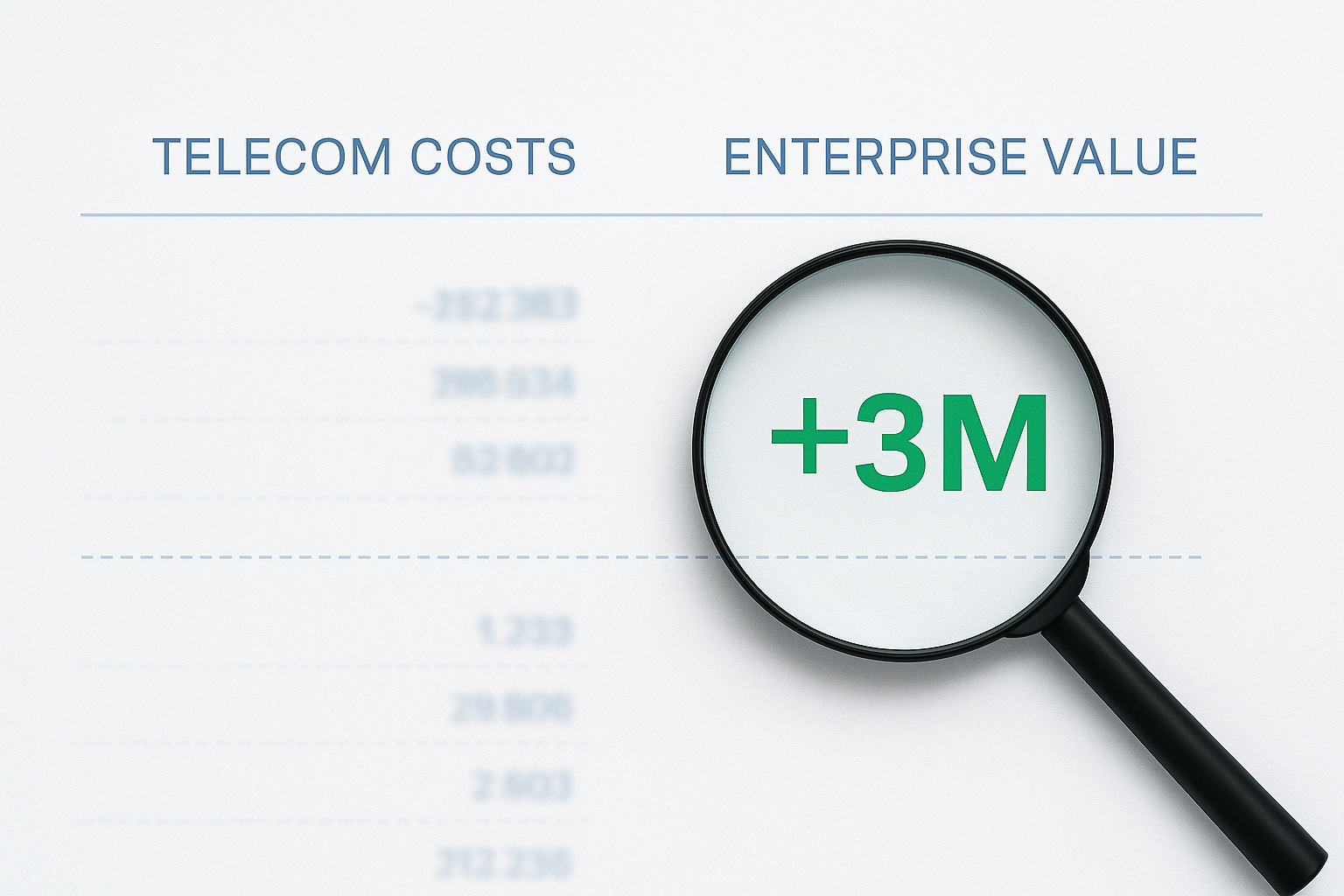📡 VoIP and IoT Strategic Planning: Is Your Business Ready?
The business communication landscape is evolving fast, and VoIP and IoT strategic planning is now essential for any company looking to stay ahead. Voice over Internet Protocol (VoIP) and the Internet of Things (IoT) unlock smart automation, real-time analytics, and seamless workflows—but without a plan, businesses risk cost overruns, compliance issues, and system breakdowns.
This guide walks you through a strategic approach to implementing VoIP and IoT to future-proof your communication ecosystem and maximize ROI.
🧠 Step 1: Define Your VoIP and IoT Strategy
Before integrating VoIP and IoT, clearly define your goals and how these tools fit into your digital transformation roadmap.
❓ Key Questions to Ask:
- What operational pain points will this solve?
- How will automation improve efficiency?
- Will it enhance both internal communication and customer experience?
- What’s your expected ROI and how will you measure it?
💡 Example: A logistics company used VoIP dispatching with IoT GPS tracking to reroute deliveries based on traffic in real time—cutting fuel costs and improving on-time delivery.
📌 Takeaway: Strategic planning sets the foundation for successful VoIP and IoT deployment.
👉 Still evaluating VoIP? Read The Ultimate Guide to VoIP Solutions for Businesses.
🛠️ Step 2: Assess Infrastructure & Network Readiness
A strong network is critical for VoIP and IoT strategic planning. Without it, you risk:
- ❌ Dropped VoIP calls due to bandwidth overload
- ❌ Laggy IoT device response
- ❌ Cyber threats targeting exposed endpoints
✅ What to Assess:
- Bandwidth for high-speed voice and data traffic
- Network segmentation to isolate VoIP traffic
- Device compatibility across platforms
- Cloud readiness for scalable deployment
- Firewall and encryption protocols
According to Cisco, effective core capacity planning requires measuring current network load and determining the necessary bandwidth to meet committed service level agreements, ensuring that the network can handle the additional demands of VoIP and IoT devices.
💡 Concerned about compliance? Check out IoT-Enabled VoIP Security & Compliance.
🤝 Step 3: Choose a VoIP Provider That Aligns with Your IoT Strategy
Not all VoIP providers offer seamless IoT integration. Some platforms may lack API connectivity, AI-powered automation tools, or advanced security features.
When you are VoIP and IoT strategic planning choosing the right provider is essential to ensure your business can scale without integration headaches or system incompatibilities.
Why TeleCloud is the Best Choice for VoIP & IoT Integration
Unlike many generic VoIP providers, TeleCloud specializes in future-proof solutions that integrate IoT, AI, and cloud applications. Businesses that choose TeleCloud get access to:
- Scalable, cloud-based VoIP solutions designed for IoT-enabled workplaces.
- API-driven integrations that connect VoIP systems to smart devices, automation tools, and AI assistants.
- Enterprise-grade security & compliance tools to protect VoIP calls, IoT data, and customer communications.
- Expert support & tailored implementation strategies to ensure seamless deployment.
🚀 Looking for a provider that delivers on security, scalability, and seamless integration? Contact TeleCloud today!
🔒 Step 4: Prioritize Security and Compliance
Security is one of the biggest concerns when integrating VoIP & IoT into your business. The more connected devices you introduce, the larger your attack surface becomes—and hackers frequently target unsecured VoIP systems and IoT networks. When VoIP and IoT strategic planning considering security is paramount.
Essential Security Measures for VoIP & IoT:
- End-to-end encryption to secure VoIP calls and prevent eavesdropping.
- Multi-factor authentication (MFA) for accessing VoIP dashboards and IoT devices.
- Network segmentation to keep VoIP traffic separate from sensitive business data.
- AI-driven security monitoring for real-time anomaly detection.
- Regulatory compliance protocols for GDPR, HIPAA, PCI DSS, and FCC requirements.
Cisco emphasizes that secure access control is essential to providing the right level of protection that the Internet of Everything requires, highlighting the importance of robust security measures in IoT and VoIP integrations.
💡 Learn more in VoIP Security Best Practices for 2025.
🧩Step 5: Create a Phased Implementation Roadmap
Avoid disruption by rolling out your VoIP and IoT solutions in phases, giving your teams time to adapt and test systems in real-world conditions.
🗺️ Deployment Plan:
1️⃣ Pilot Testing – Start small with a single department or location.
2️⃣ Training – Equip staff with the knowledge and tools they need.
3️⃣ Company-Wide Rollout – Expand based on feedback and system performance.
4️⃣ Performance Optimization – Use analytics to improve workflows and system uptime.
📌 Takeaway: A phased roadmap ensures a smoother transition and long-term success.
Final Thoughts: VoIP and IoT Strategic Planning Drives Long-Term Success
🚀 VoIP and IoT strategic planning offers enormous potential—but only if implemented with a clear strategy.
📌 Key Takeaways:
✔ Align VoIP and IoT with your business goals
✔ Ensure infrastructure and security are ready
✔ Choose a provider that supports end-to-end integration
✔ Develop a phased roadmap and invest in employee training
✔ Monitor, measure, and optimize continuously
📞 Ready to future-proof your communications? Contact TeleCloud today for a tailored VoIP and IoT strategic planning session.





